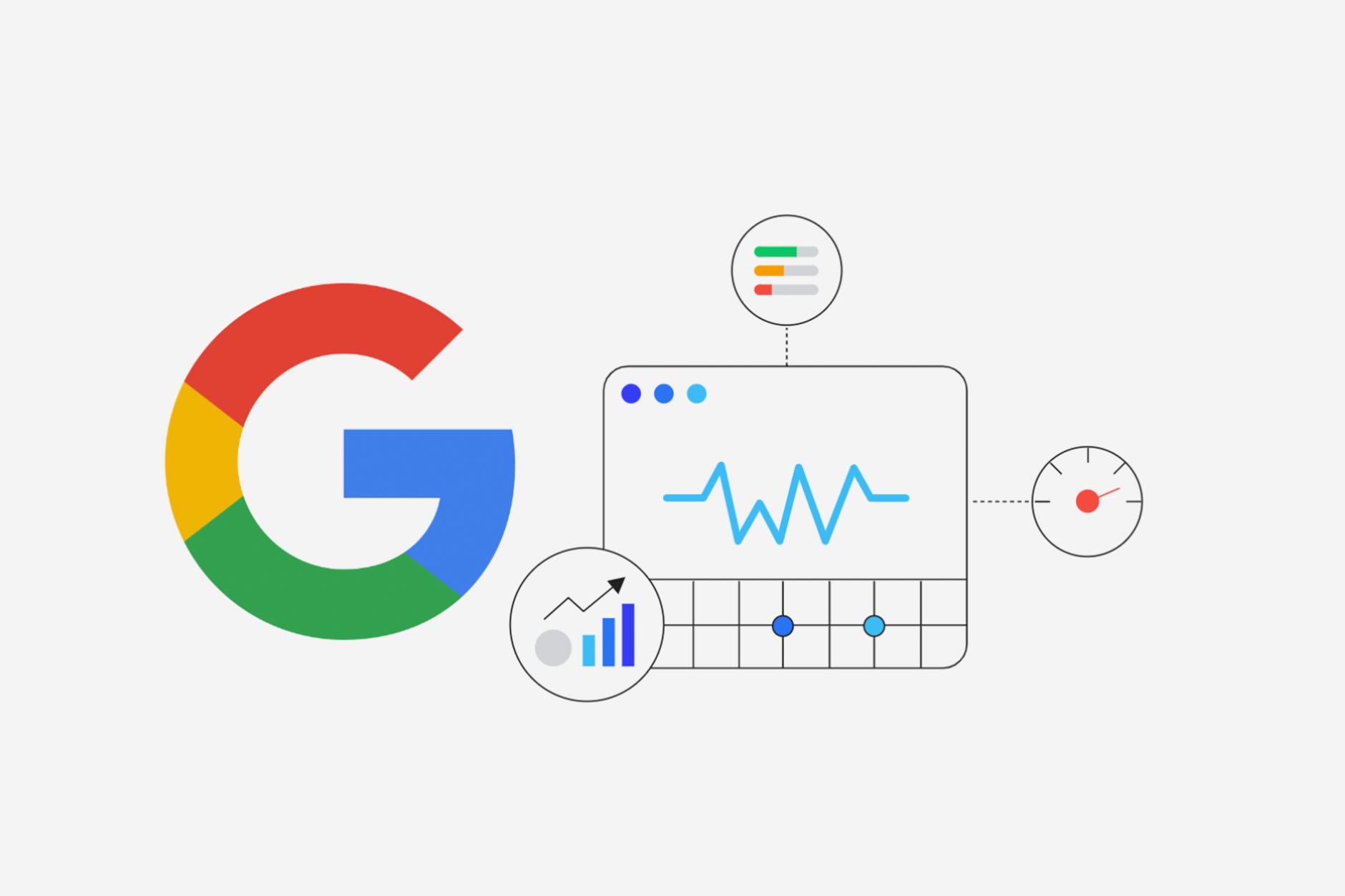 Kate Andersen |
05.04.21 |
6 MIN READ
Kate Andersen |
05.04.21 |
6 MIN READ Check Your Core Web Vitals Before Google Does

There's a huge update coming from Google that could significantly impact traffic to your website. Spoiler alert: it's all about UX (user experience).
According to Google, the update to their algorithm is classified as "a new signal that combines Core Web Vitals with our existing signals for page experience to provide a holistic picture of the quality of a user's experience on a web page."
Basically, Google is cracking down on poor user experiences and will rank web pages based on how fast, easy, secure, and seamless the experience is for users. The better the experience, the more traffic they'll send your way.
WHEN IS THIS HAPPENING?
Last year Google announced the update would be coming in May 2021. (Yes, that's now.) The launch will more likely happen in mid-June, which we'll discuss in a minute. First, let's lay everything out on the table so we can see exactly what's in the update, why it's happening, and what actions you need to take.
WHAT ARE CORE WEB VITALS?
Google has established three metrics, called Core Web Vitals, that will help determine the usability of a webpage. In a nutshell, these vitals measure how long it takes a user to view your page, how easy it is to interact with the content, and how seamless the design experience is. Here's the full rundown, so you're armed with information:
Core Web Vital #1: Largest Contentful Pain (LCP)
- Otherwise known as: Content load speed
- What it means: Google will measure the time it takes for the largest image or text block to load within the visible screen. What's important to note is this is different from a page load speed. If a page loads quickly but only shows a splash screen or loading indicator, that's not very helpful for the user. So, the LCP measures the speed of when the largest content element (image or text block) is rendered.
- The goal: To provide a good user experience, the LCP should happen within 2.5 seconds.
Core Web Vital #2: First Input Delay (FID)
- Otherwise known as: Interactivity and responsiveness
- What it means: Google will quantify the experience users feel when trying to first interact with a page. For example, the time from when a user clicks a link or taps a button to when the browser can begin processing that interaction will be measured as the FID.
- The goal: To provide a good user experience, pages should have an FID of less than 100 milliseconds.
Core Web Vital #3: Cumulative Layout Shift (CLS)
- Otherwise known as: Visual stability
- What it means: Google will measure how much content shifts during page rendering. A layout shift can happen any time a visible element changes its position from one rendered frame to the next. For instance, when a user is about to tap a link, and without warning, the text moves because an image or ad has finally loaded on the page. The CLS score is the total number of unexpected layout shifts that occur during the lifespan of the page.
- The goal: To provide a good user experience, pages should maintain a CLS of less than 0.1.
WHY IS GOOGLE MAKING THIS UPDATE?
Essentially, Google wants to be the number one search engine that sends people to the most helpful, trustworthy, and enjoyable experiences on the web. In order to do that, the company relies heavily on its algorithm to determine which sites are functional vs. frustrating for users.
The algorithm has already been evaluating things like page loading speed, HTTPS security, and mobile-friendliness, but Google recognizes these metrics aren't enough to evaluate the entire on-page experience. That's why Core Web Vitals are layered into the overall equation.
Why now? When Google launched in 1998, there were 2.4 million websites for the company to index. As of January 2021, that number has grown to more than 1.83 billion (with a B) websites on the Internet. That's a lot of traffic to crawl through. And, in many ways, this update is a response to the volume of new websites that are not living up to user expectations. Google wants to send a clear message that not putting users first can have a negative effect on search rankings.
WHAT'S CAUSING POOR ONLINE EXPERIENCES?
This could be a separate blog post, but we'll share a few highlights for now:
Code-bloat: Rather than custom-building a site, businesses are increasingly turning to "DIY" website builders such as WordPress, Squarespace, or Wix to save time and money. The problem is, while these platforms might be easy to use, they can be messy and bloated under the hood. Templates often include unnecessary code that causes slow page loading times. They also rely on plugins to perform things beyond adding basic content. While plugins may be a quick solution, they're another source of code bloat.
The rise of dynamic content: Preliminary research by Google showed very few websites achieved a good score in visual stability. This is due in part to the rise of dynamic content (think online ad placements and newsletter subscription boxes.) Many websites don't reserve space in the layout for these elements, which causes one of the biggest stumbling blocks for users as they're trying to read and interact with a page.
Large file sizes: Page speed (and the ability to quickly read content on a page) is one of the most essential elements of a good user experience. The biggest culprit of slow-loading times is having asset files such as images and videos that are huge. It can happen easily and honestly. Fancy new phones take awesome photos, but file sizes can be up to 20MB per image, which is simply too large.
WHAT STEPS SHOULD YOU TAKE?
Hopefully, you're already providing a high-quality on-page experience for your visitors. If that's the case, you may not have to do anything. With that said, a recent Searchmetrics' study on Google Core Web Vitals revealed that less than 4% of U.S. websites that were analyzed achieved a "good" score in all three Core Web Vitals. That's "not good."
Interestingly, Google has stated that due to undisclosed reasons, they're moving the launch of their update to mid-June of this year. This delay provides some breathing room, but not much. As of today, there's a little over a month to prepare for the update. Here are five things we recommend everyone do right away:
- Move your site off of "DIY" platforms such as WordPress, Squarespace, or Wix.
- Remove or reduce the number of plugins on your site.
- Reduce the file sizes of your photos and videos.*
- Check your current statistics. Google has already added a Core Web Vitals report in its Search Console. See where you stand and where you can make specific improvements.
- Review your content & make it the best it can be. Google stands by its word when it comes to the importance of good content and has even stated, "While all of the components of page experience are important, we will prioritize pages with the best information overall, even if some aspects of page experience are subpar. A good page experience doesn't override having great, relevant content."
*If your site is on the Matchstick Framework, we offer a built-in feature that automatically condenses file sizes as you upload new images. You can access this service directly on the Tinify website.
WHAT IF YOU NEED HELP?
If your site needs a checkup, schedule an appointment with us! We'll provide professional feedback on your site speed, content, and overall user experience. If it turns out you need to hop over to a more reliable website platform, not to worry. We can get you up and running with our Modular Orange product faster than Google can check your vitals.




